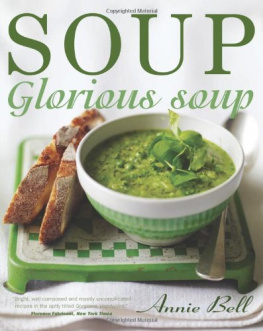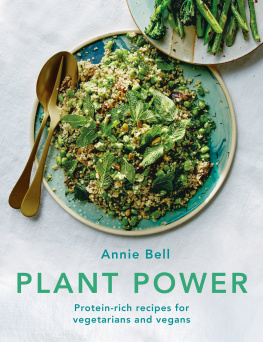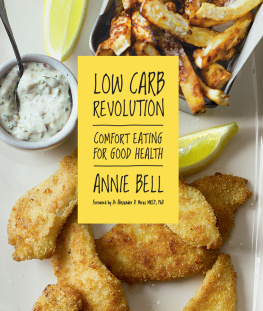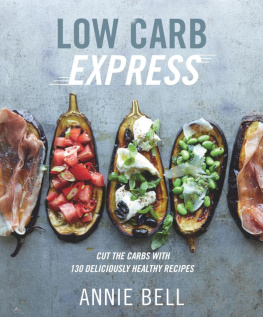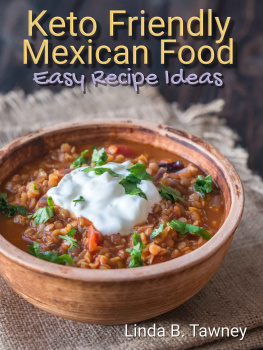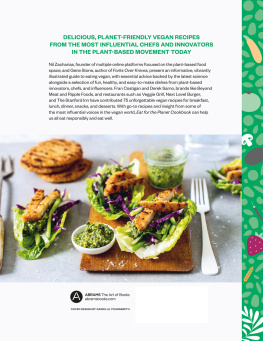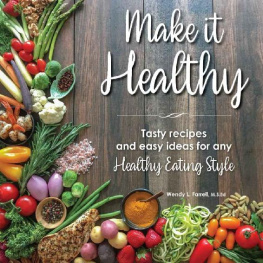CONTENTS
Guide
INDEX OF RECIPES
WASTE NOT, WANT NOT
ONE EGG DISHES
COMFORTING STEWS AND CURRIES
ALL-IN-ONE ROASTS AND PIES
BEYOND POTATOES
FRYING PAN SUPPERS
PASTA AND PILAFS
PLANETARY HEALTH DIET CHALLENGE
INTRODUCTION
I am old enough to remember winters that were cold. It was the 1960s. Stepping out of the house and exhaling a cloud of steam, the line of foil-topped milk bottles on the step, pecked open by blue tits short of food. Treading carefully on the silvery film of ice on the tarmacked drive to avoid slipping, and the ritual scraping down of the windscreen while the car belched its exhaust into the air. Drawing pictures on the condensation on the windows as my mother furiously tried to de-steam the windscreen with the back of her glove. These were all a normal part of a winters morning on the way to school.
This year, as we near spring, I have scraped the windscreen down just once. Thick coats, mufflers and hats gather dust in the wardrobe. And as I write, in January, a climbing rose that is usually in bloom from June onwards is flowering in front of a backdrop of mimosa, a hardy blossom prepared to brave snow not something it has had to do for some years now.
Such anecdotes are of course observational and unscientific, except that recent science does support the perception that winter is no longer winter as I knew it in the 1960s. Instead it is a long, drizzly drawl of a season that lies halfway between autumn and spring, with no real identity to it other than the increased frequency of storms and flooding that have become the norm.
Looking beyond my own back yard, and the small observations that mark personal experience, how could I not be seized with fear and sadness by apocalyptic wild fires raging in Australia, the Amazon, Siberia and Europe, alarmed by the extreme weather, the record temperatures, or the penguins and polar bears displaced from their natural habitats by melting ice caps? I have to pinch myself to believe that they are real. If there is any comfort, it is knowing that I am far from helpless. I can live the changes that will help to eradicate such events. I may be one minuscule part of the whole, but I can still play my part, in particular through the choices I make about how I eat.
A GLIMMER OF HOPE
The million-dollar question is how?. How can I eat in a way that is healthy, and good for the planet? How do I know what to believe or how to achieve it? For years we have been bombarded with advice to increase our fruit and veg intake, lower salt, replace saturated fats with unsaturated, give croissants and white bread a wide berth. All well and good. But layered on top of that, which of us hasnt stood hesitantly in front of a display of produce, wondering about the environmental impact of our food choices? Should we buy organic or conventional, does it involve genetic modification (GM), is it better to buy local or to provide support to developing countries through trader schemes? Are brown paper bags more sustainable than biodegradable ones? Its hardly surprising that eating has become a source of anxiety and that so many are driven to some type of orthorexia in the belief they are solving at least some of these problems.
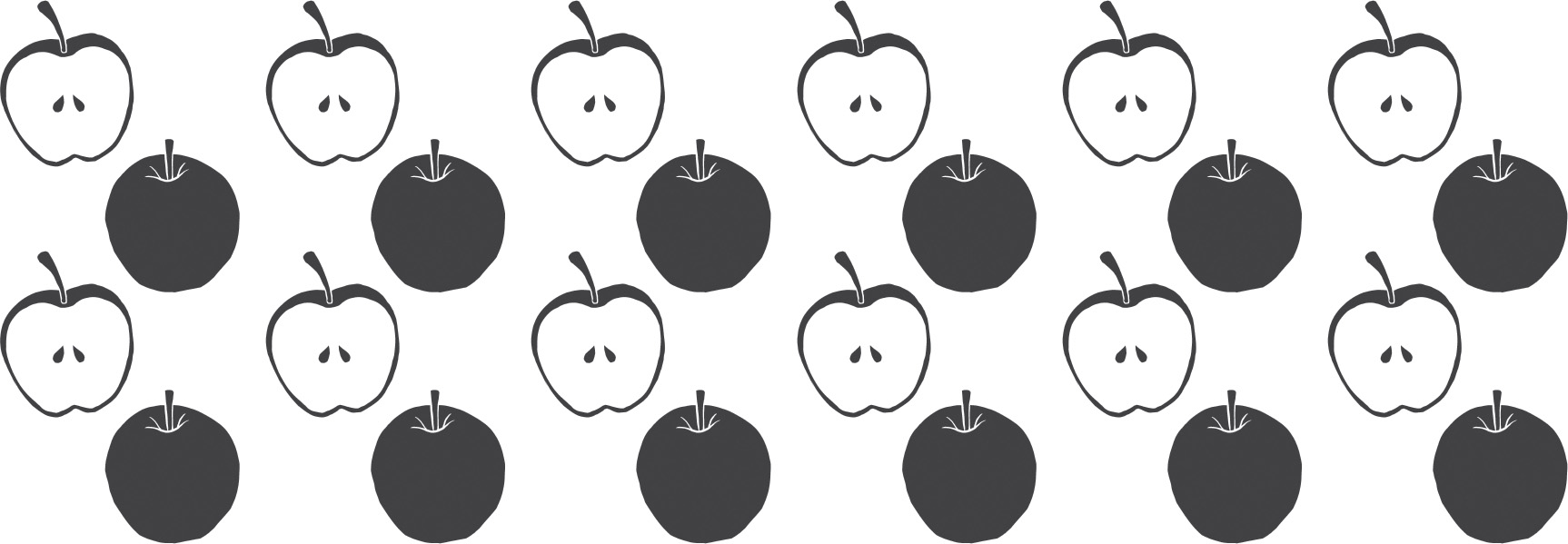
When I first encountered the Planetary Health Diet recommended in the rather grandly titled report Food in the Anthropocene it was like a weight lifting off my shoulders. I thought at last. Finally someone has come up with a solution that ticks all of these boxes. Here was a diet or rather a way of eating designed to save the world, which simply recommended how much of each food group we should eat. Nothing more and nothing less. It doesnt matter what your dietary persuasion is, whether you are vegan, vegetarian, pescatarian or flexitarian, or, for that matter, where you are in the world. It is ultimately adaptable and as relevant if you are in Tokyo as it is if you live in New York, London or Berlin. It is so simple, it makes you wish someone had come up with it sooner.
Why havent they? Well, when you look at the scope of the report, it becomes obvious the extent to which the authors have achieved the impossible. The report involved a group of scientists gathered from around the world to create the EAT LancetCommission, which comprised 19 Commissioners and 18 co-authors from 16 countries. They were asked a very simple question: Is it possible to feed a global population of nearly 10 billion people a healthy diet, sustainably, by 2050?. The answer that came back was yes. Addressing every aspect of our food chain, from farming to nutrition, the results are encapsulated in this extraordinary pared-back way of eating.



